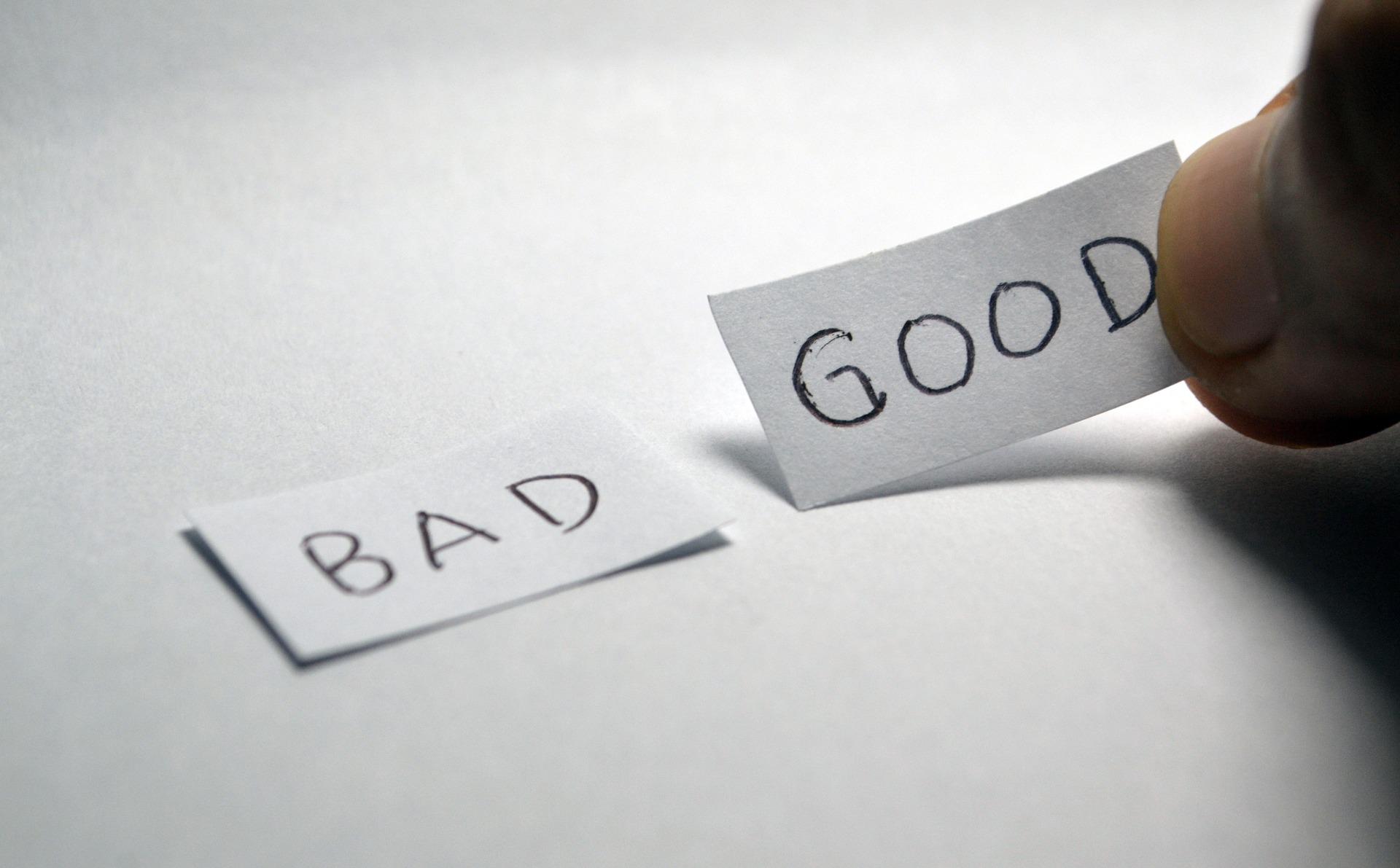Panic and fear drive another week of ups and downs.

Again, we seem to be in a world of panic and fear driving abnormal behaviour. This week we have seen a second month of falling Gross Domestic Product (GDP) so we are teetering on a recession -based on the prescribed measurements – and it’s not just the UK. Threat of recession, fear and sentiment has driven further volatility, but if we look closely we can see that rather than recession its simply the unwinding of COVID measures that is reducing GDP as governmental spending reduces.
So, it’s reactions to the measure, ignoring the real cause. In essence this is similar to the empty shelves that appeared when the BBC decided there might be food shortages during the pandemic. They named loo roll as a possible consumable shortage and look where that took us.
But even if panic is causing more volatility, we have some positive news.
Chips (without fish), microchip shortages caused last year’s supply chain disruptions. Recently the chips are now available and this might be the end of supply issues in the consumer electronics and vehicle sectors.
US retailers Target and Walmart told markets about their over-stocking
Intel said computer hardware sales had turned disappointing.
Meanwhile in the UK, DFS revealed it was ‘sitting’ on a lot of sofas that are proving hard to shift.
In a recent communication Lothar Mentel CEO Tatton Investment Management Limited wrote.
“As we pass from over-demand to over-stocking, some firms will face a squeeze just as interest rates start to bite. From that perspective alone it appears entirely justified that credit spreads in Europe and the US have risen back to recent highs. This does not necessarily hint at a major economic downturn, but merely the self-cleansing process capital markets normally afflict on the weakest, when money is scarce and looking for the most efficient application (a factor suppressed over the past decade of plentiful cheap money)”.
So, we are moving out of the supply problem but entering the opposite which is not enough purchasers and this is when inflation falls for these goods. But for now, retailers are making hay while the sun shines and arguably keeping prices artificially high. It might be worth delaying that big purchase until everyone catches on that the veneer of its due to X, Y or Z (and it’s just that, a veneer).
Some other considerations are:
The ECB ‘tightened’ its monetary policy on Thursday. Interest rates were unchanged, but most economists expect the year-end traded rate to be around +0.75%. Given the long-term low interest rates +0.75% feels a lot more normal, but it will scare some.
US inflation data for May released on Friday worried some investors by being slightly above expectations (with monthly core consumer price index (CPI) inflation still rising at an annualised rate of 7%). But how much of this is now real?
Lothar also said:
“So, while it may seem markets have headed back to the bearish sentiment of mid-May, from where we sit, things seem to be a little brighter. China’s sharp policy actions have stabilised sentiment and as we’d hoped, the virus impacts appear to be waning quite quickly now – not just in parts of China. Perhaps that puts some renewed pressure on commodity prices, but the fear that world trade would face another supply chain squeeze now seems less likely. Indeed, China’s equity markets and credit spreads have been moving in the opposite direction to the western world. Given they were one of the focuses for previous investor bearishness, the turnaround is to be welcomed. And, as noted, the margin squeeze on goods sellers due to the spending pressures that have hit households from their fuel and energy bills is also equivalent to a reduction in goods price inflation pressure”.
So, what we are seeing seems to us to be more of a straight risk aversion – as more risk-averse investors find the exit – rather than about an actual worsening of the global macro picture.
Of course, if energy prices are forced to rise more, or some other external threat emerges things really could get less positive, but for now the risk aversion seems unfounded. So, without another piece of bad news (real as opposed to imagined) the present volatility seems to just be panic.
Or as Lothar said: “As there is little in terms of historic precedent of post-pandemic normalisation periods combined with a major war between one of the largest energy exporters and one of the largest food exporters, perceived uncertainty levels are high. But even while that is so, resilience levels and activity potential for the global economy have not been in as promising a state for a long time – as has the resilience of systemically important financial institutions. “
I am having similar discussions and receiving similar communications daily at the moment, so Lothar Mentel is in the majority of the investment professionals we are talking with, and this points towards the potential for positivity moving forward.
But only after the Panic settles down.
If you have any concerns over your portfolio please get in touch with your adviser. If you would like to investigate the investment opportunities we see in the market, again please get in touch.
Andy Brooks.
Email info@brookswealth.co.uk Tel 01733 314553 Web www.brookswealth.co.uk


